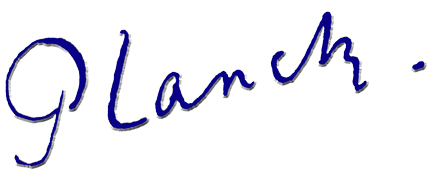
GLOBAL FUTURE ANALYSIS
TAILWINDS | DIGITAL STANDARDS
The information and communication wave wasn't been possible without global standards for digital communication. Packet switching became the norm. Not more physically connected analogue point to point lines with a wavelength on it. Digitalized information (bits: based in 0 and I, as in: no signal or signal), that was brook down and put together in digital 'packages' and labelled with sender and receiver and posted in a digital transport infrastructure (similar like packages are posted with FedEx or DHL) and on receiver side rebuild to its old status, with request of lost packages if there were. Package switching technologies multiples the network capacities tremendously. The X25 and X400 standards were designed by the ITU (International Telecommunication Union) have been complexly passed by the US born TCP/IP protocol. TCP/IP was used to connect local computer networks to each other and has conquered the global digital information and communication transmission, making sharing information and all types of communication much more easier and cheaper and therefore much more applied. TCP/IP has driven each other network protocol of the market. Novell which was the market leader in LAN (Local Area Networks: corporate networks) Operating System software, changed to late and lost its IPX/SPX dominance on LAN to TCP/IP. Also telcos have transite their switching equipment completely to TCP/IP. The victory of one global digital communication standard has lowered equipment prices severely, made making connections easier, made developing information and/or communication applications and services much easier. In technology easier and cheaper always results in more and better.
Author: Gijs Graafland
Back to Tailwinds Index
Download the full Global Future Analysis report in PDF